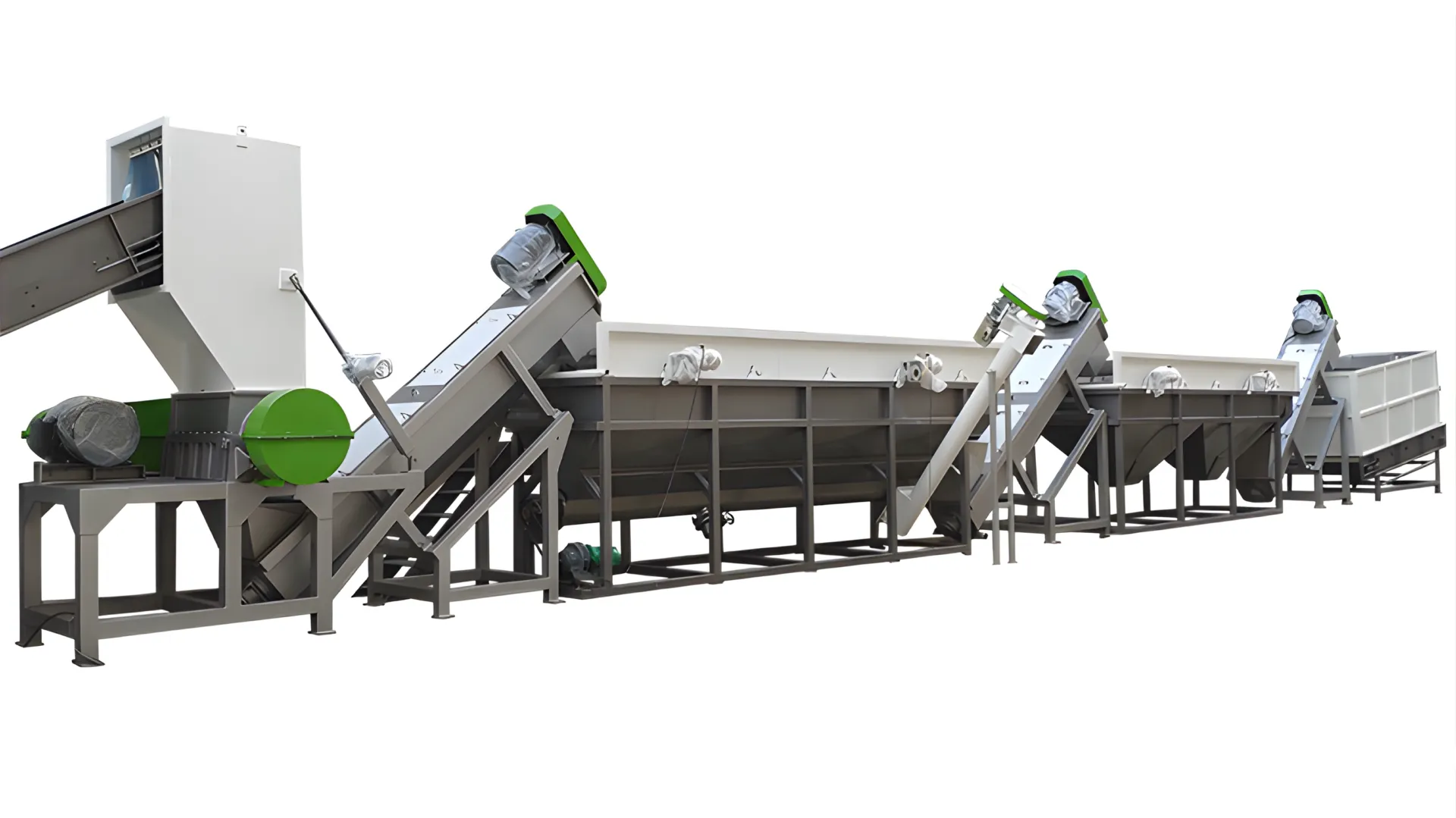Ligne de lavage de films plastiques

Transformez vos déchets plastiques grâce à notre ligne de lavage de films plastiques avancée Bienvenue dans le futur du recyclage des films plastiques. Notre ligne de lavage de films plastiques à la pointe de la technologie offre une solution de lavage de films plastiques de pointe.



